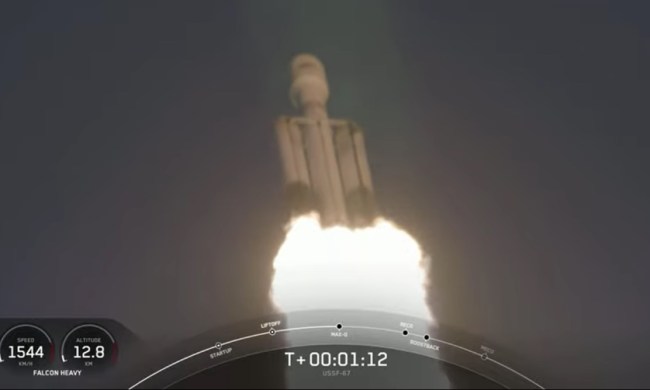Japan’s Hayabusa2 spacecraft will soon be returning a sample of asteroid to Earth. The sample is safely stowed away in a capsule that will re-enter Earth’s atmosphere and land in the Australian desert, and we’ve got the details on how you can watch this event live.
What’s happening with the capsule landing
In order to ensure the asteroid sample is safely returned to Earth, it is encased in a capsule which recently separated from the Hayabusa2 spacecraft. The sample comes from the asteroid Ryugu, located around 200 million miles away where the spacecraft stayed for 17 months.
Hayabusa2 landed on the asteroid in February 2019, which was an impressive feat as the asteroid is only 900 meters (2,952 feet) wide. It collected a sample from the surface by firing a “bullet” at the asteroid in order to throw up dust and particles which could be collected. Five months later, in July 2019, the spacecraft successfully collected a subsurface sample from the asteroid as well. The spacecraft began its journey back to Earth approximately one year ago, bringing its precious cargo with it.
Now it has arrived back at Earth, and the challenge is to get the sample from the spacecraft to the ground. The spacecraft itself won’t be landing — it’ll be heading off to explore another asteroid on a journey that should take another 10 years. But as it flies past Earth, it has released a capsule containing the sample of asteroid Ryugu, and it’s this capsule that will be landing today.
How to watch the capsule landing
Coverage of the capsule re-entry into the atmosphere will begin today, Saturday, December 5, at 9:00 a.m. PT. Re-entry itself is scheduled for 9:28 a.m. PT, when it will enter the “fireball phase” as it blasts through the atmosphere. The parachute will be deployed a few minutes later, and the landing of the capsule is scheduled for 9:47 a.m. ET in a sparsely populated area of Woomera, Australia.
Officials will collect the sample from Woomera and take it to a Quick Look Facility. It will then be shared with researchers around the globe. They hope that studying the sample can aid in understanding the formation of the solar system and can show how radiation affects materials from the asteroid’s surface.
The coverage will be shown on JAXA’s YouTube channel, which you can watch here, or using the embedded video at the top of this page.



